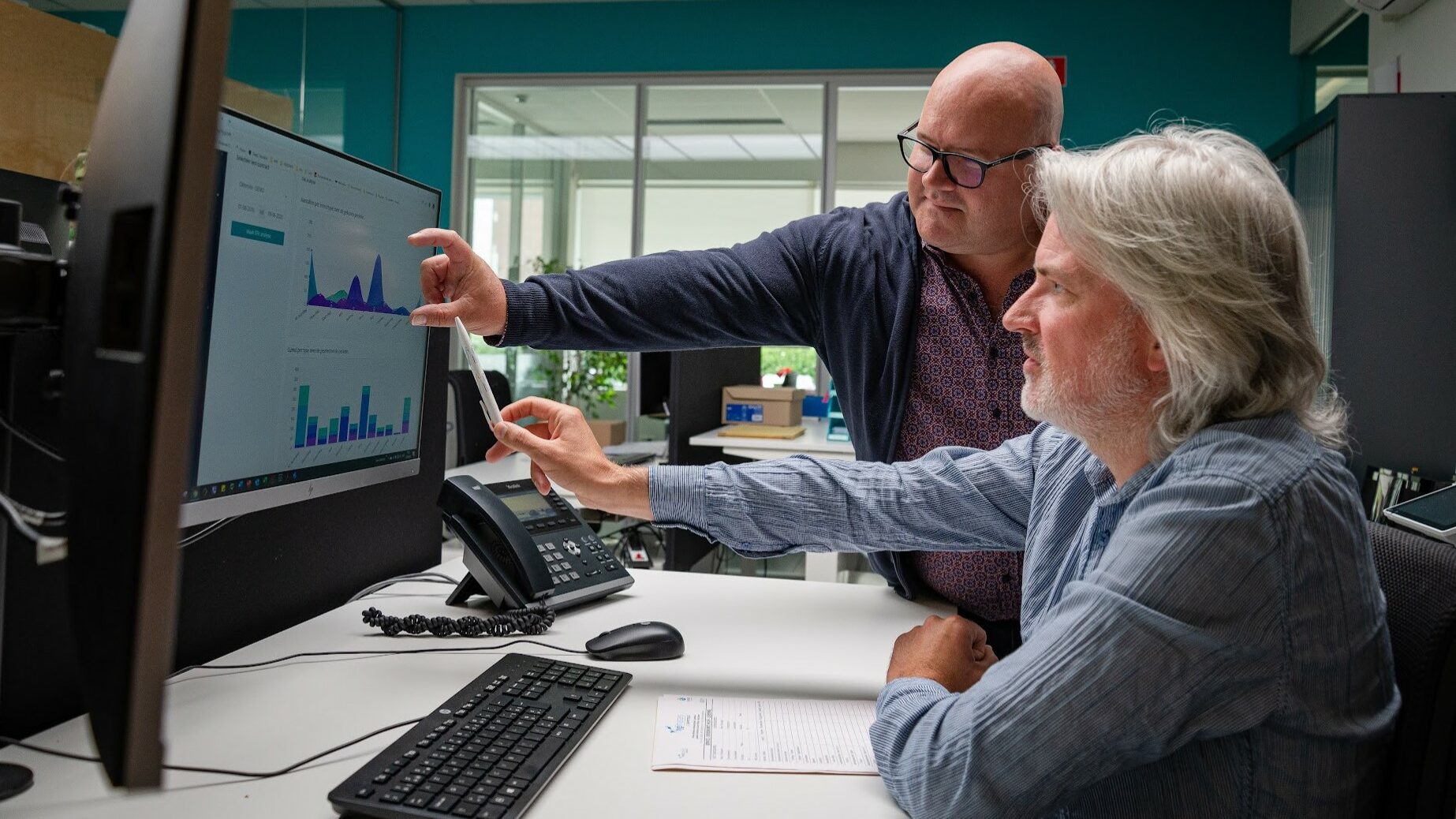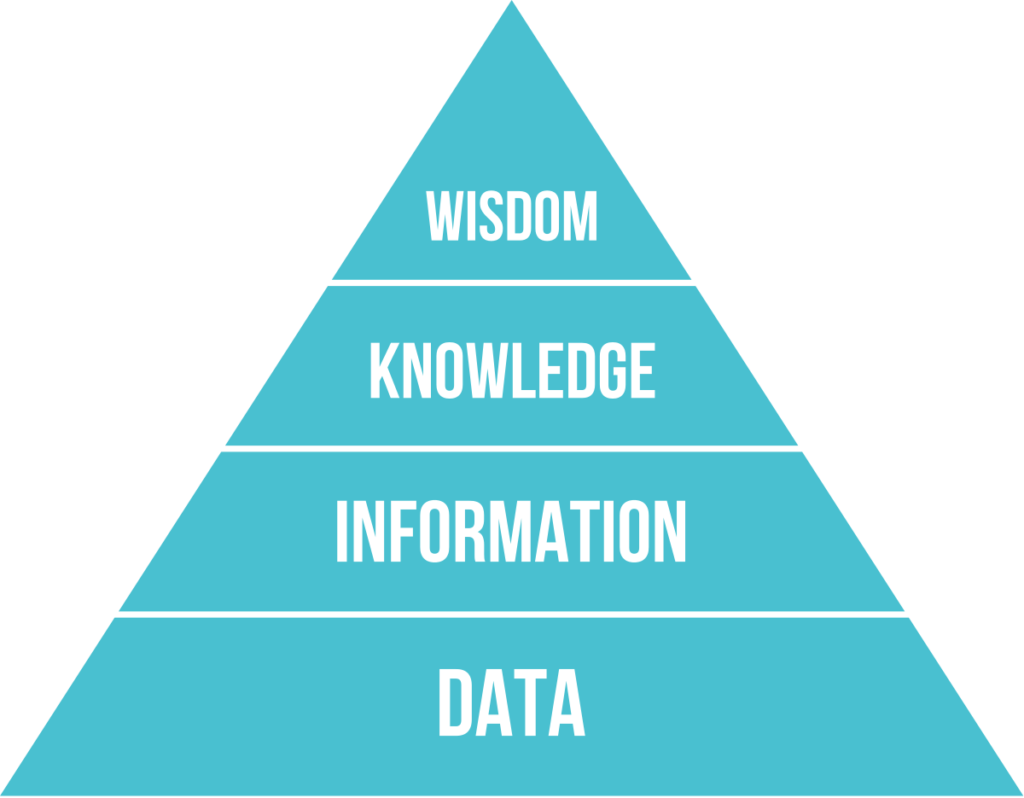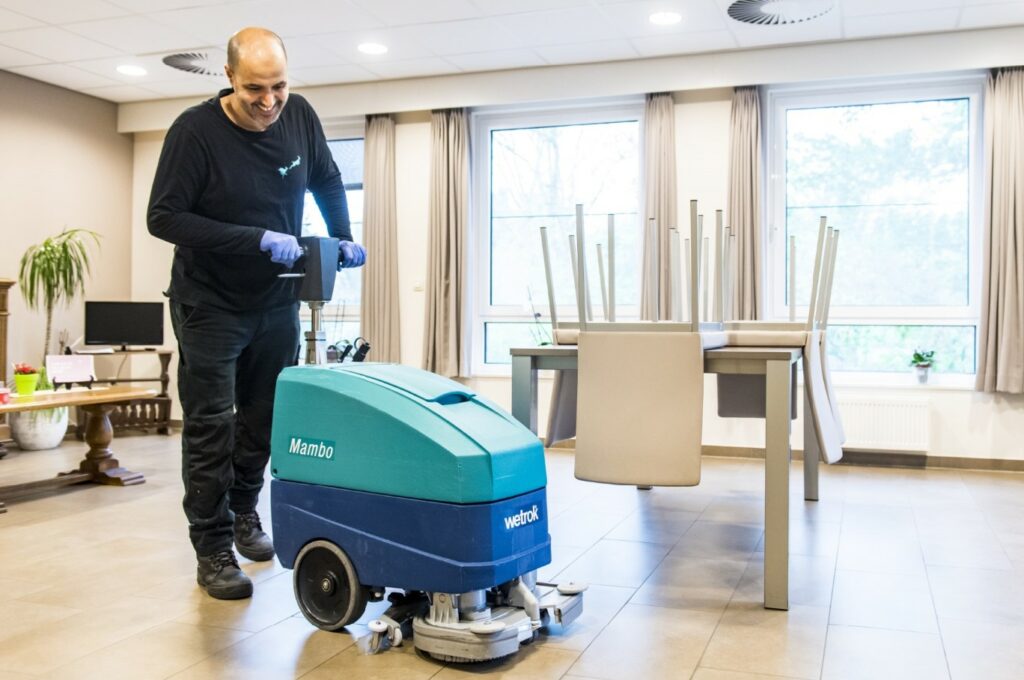The increasing importance of data in facilities services. That is a frequently heard response from facility managers when asked about trends in the sector. The evolution towards ‘data driven facility management‘ is unmistakable. But how do you take advantage of the unstoppable flow of information?
Define an objective
You can collect a mass of data. But if you don’t know what purpose they serve, you’re nowhere. So first think carefully about what you want to achieve. In facilities management, data can form the basis for saving energy, increasing customer satisfaction, optimising the indoor climate, making better use of the available space and so on. Once you have a clear goal in mind, you can start focusing on collecting data.

What data do you already have?
Most companies – often unconsciously – already collect more information than they think. Here are a few examples:
- The barrier at your car park is not only useful for keeping unwanted vehicles out. It can also tell you how many visitors you welcome, on which days the most visitors pass through, and so on.
- The cash register at the company restaurant is handy for keeping money safe. But it also tells you at which times most people come to eat, at which times it is much less busy, which dishes are most popular, etc.
- A digital system allows your employees to plan meetings, but also gives you insight into how often and at what times meeting rooms are used.
All these data have an influence on the facilities services. Make an inventory of this information and see how far you can get with it. Then ask yourself: what other data do I need to achieve my objective?
How will you collect data about facilities services?
Once you know what information you are missing, you will look for the best way to obtain it. A golden tip: talk about it with your facilities services partner. He has a wealth of information through his communication and monitoring system – Multidesk for example – and has a good view on possible improvements. Is it best to use sensors, go for a digital survey of the building users via a tool like Qwesteo,…? Your facilities partner will gladly advise and assist you.
The data have been collected. Now what?
Once you have collected the data, a crucial step follows: the correct interpretation of it. Data analysis, in other words. In this context, people often refer to the DIKW model:
- First of all, you need data.
- If you process them into something you can use, then you have information.
- By studying that information thoroughly, you build up knowledge. You can use this knowledge to optimise your facilities services on an ad hoc basis.
- As you accumulate knowledge over the years, you gain a broad insight, you discover connections. In this way, your knowledge evolves into wisdom. And that is what is needed to make the right decisions, with which you can exert significant influence and give advice at a strategic level.

If there is no one in your company who can provide such wisdom, count on your facilities services partner. IFM specialists can assist you in correctly interpreting the data and drawing the right conclusions for the facility services in your building. You will notice that you often come to surprising insights, which, often with small interventions, can greatly improve the experience and perception of your employees and visitors.
Data in facilities services: an example
We would like to illustrate this with an example. Suppose a company has 200 employees. On the ground floor there is a reception area, office space, 2 meeting rooms and sanitary facilities. On the first and second floors, there is office space, 1 meeting room and sanitary facilities. A cleaning team cleans these areas every morning before office hours, to minimise disruption to the staff of the company.
The company starts with data collection and it turns out that:
- only 50 desks are used daily. The other 150 staff members often work from home or are out visiting clients. Only on Fridays do more staff come to the office.
- the dustbins under the used desks are often overflowing.
- the rooms on the second floor are barely used. Of the meeting rooms, only those on the ground floor are used daily, especially in the morning.
- there is a clear difference between the use of the door of the sanitary rooms and the use of the soap dispensers.
- the staff is not very satisfied with the cleaning because “we never see anyone cleaning here” and because “it is often very dirty at the reception, especially when the weather is bad”.

Adjusted work programme, waste islands, walk-in mats and saving on energy costs
What can be done, based on this data, to optimise the facilities services and the experience of the building users?
- The work programme of the cleaning team can be adjusted: from Monday to Thursday, it can focus mainly on the used desks and meeting rooms. On Fridays, all the rooms are cleaned.
- Instead of cleaning in the morning, the cleaning can start in the afternoon. First the free meeting rooms and desks, after office hours the other areas. In this way, the company staff notice that cleaning is actually taking place. This will influence the perception in a positive way.
- By placing waste islands, staff members are made aware of the need to sort their waste. Moreover, a walk to the waste island provides extra physical activity.
- Placing a walk-in mat in the entrance hall and maintaining it frequently prevents dirt from spreading in the entrance hall and the adjoining rooms.
- As not all staff members seem to wash their hands thoroughly after visiting the toilet, an awareness-raising campaign can be launched to promote hand hygiene. This will also have a positive impact on the cleanliness of computer equipment and the like.
- In rooms that are not used, the heating can be turned down a few degrees and the lights can be turned off. This way you save on energy costs.
- The company can decide to rent out (part of) the second floor. The rooms are usually empty anyway. By renting out, you create extra income and you save on energy costs and the like.
So collecting data is one thing, dealing with it properly and using it in the right way is something completely different. Would you like to explore with one of our specialists how we can optimise the facilities services in your building? Please contact us.
